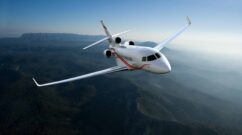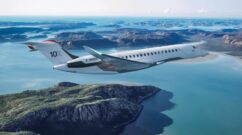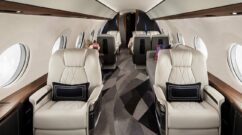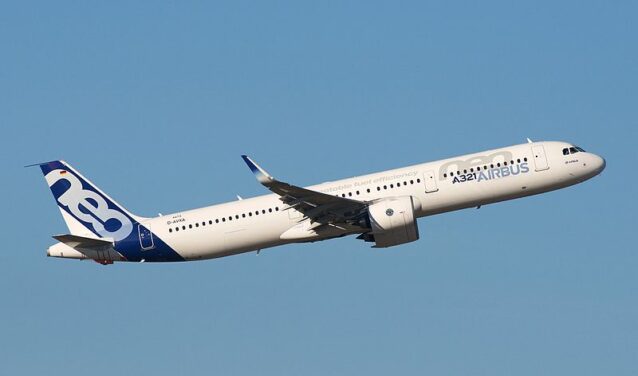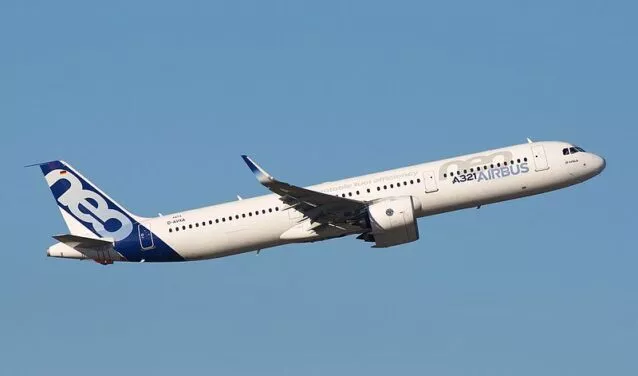
Have you seen a small private jet for sale? Are you tempted by a round trip in your business jet?
If you’ve decided to take the plunge and buy an airliner or a private jet, you’re probably faced with a big question: which one to choose?
Of course, it all depends on your needs, expectations and budget flexibility. A used aircraft will not be the same price as a new one.
We present the aircraft models marketed after 2018 and show you the price of these new aircraft. We also make some comparisons with older models.
The private aviation market is dominated by Europe and the USA, which together account for almost 80% of the world’s jet fleet, but it’s also increasingly competitive. As you’ll see, many of the most luxurious private jets released in 2019 and 2020 are not made by Airbus or Boeing, which are best known for their airliners.
So here’s a list that includes both touring aircraft models, airliners available for private charter and private jets.
Price of a new passenger aircraft
Commissioned: 1970
Range: 2,700 km
Capacity: 5 passengers
Notes: The Beechcraft Baron 58 is certainly the world’s most popular twin-engine piston aircraft. It can carry up to 5 passengers at 370 kilometers per hour. It has been around since the 1970s and has been modified many times since.
Price: 1.4 million euros
Commissioning: 2011
Range: 3,000 km
Capacity: 5 passengers
Note: the most coveted version of the TBM, the TBM 900, has been available since 2019.
Price: from 1.5 million euros
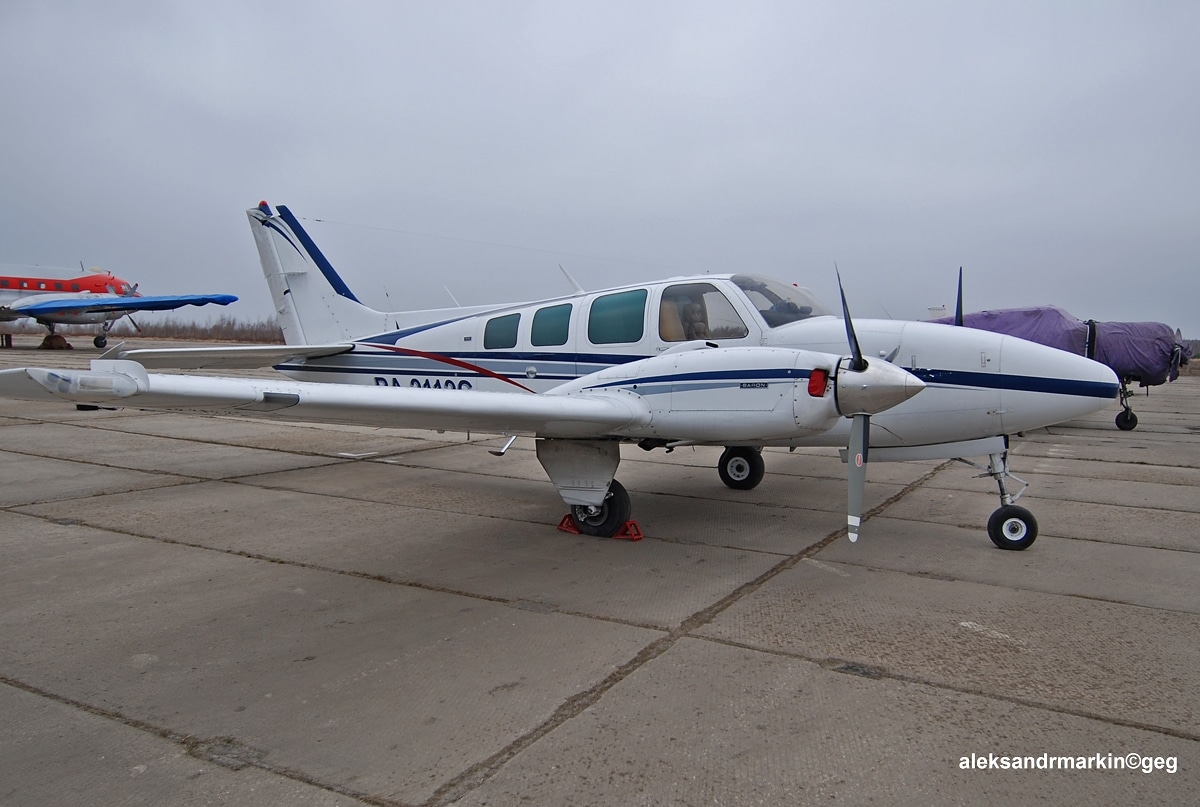
Photo credit: Commons Wikimedia
Price of a new light private jet
Entry into service: 2009
Range: 3,600 km
Capacity: 6 passengers
Notes: this Embraer model can cover long distances for a light private jet.
Price: 8 million euros
Commissioning: 2008
Range: 2,200 km
Capacity: 4 passengers
Notes: Since 2008, several versions have been produced. The latest is the Phenom 100EV, released in 2018.
Price: 4.5 million euros
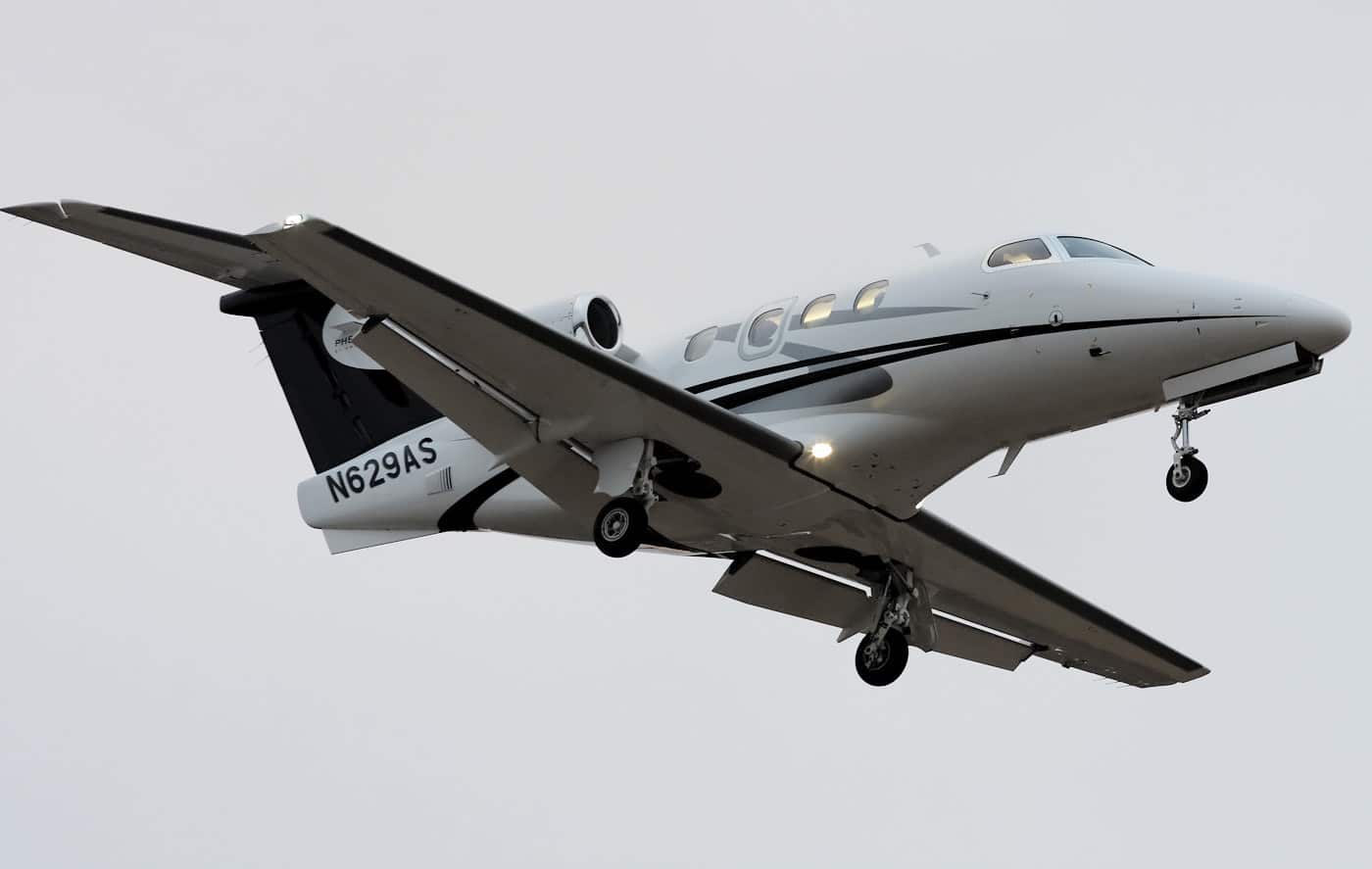
Photo credit : Commons Wikimedia
Commissioning: 2015
Range: 1,300 km
Capacity: 6 passengers
Notes: the latest version is the HondaJetElite, perfectly suited to business aviation and with a 17% increased range. It sells for as little as 5 million euros.
Price: 4.5 million euros
Price of a new medium-haul business jet
If you’re looking to buy a business jet for medium-haul or tourist flights, we recommend the Cessna range.
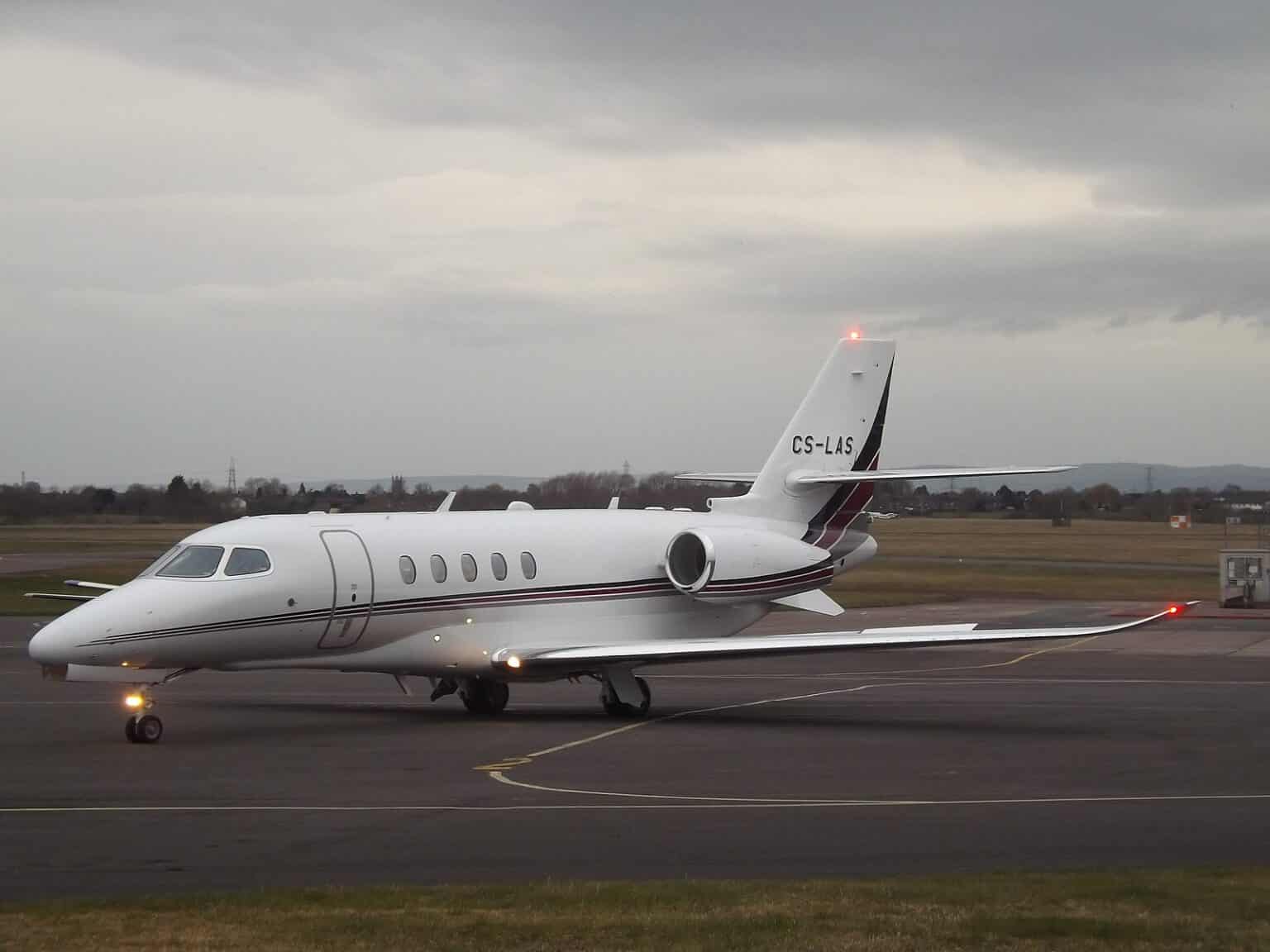
Photo credit : Wikimedia Commons
Entry into service: 2019
Range: 6,300 km
Capacity: 12 passengers
Notes: Available for rental since 2020, the Cessna Citation Longitude includes digital advances such as Wi-Fi access and satellite radio. Another model developed in parallel, the Cessna Citation Hemisphere, has finally been suspended.
Price: 25 million euros
Commissioning: 2019
Range: 4,500 km
Capacity: 12 passengers
Notes: This is an upgraded version of the Legacy 500, on the rental market since 2019. Its main competitors are the Gulfstream G280 and the Bombardier Challenger 350.
Price: 30 million euros
Commissioning: 2020
Range: 3,700 km
Capacity: 9 passengers
Remarks: inspired by the Legacy 450, it can exceed 800 kilometers per hour, saving time and making this model one of the fastest in its category. Its arrival is scheduled for 2020.
Price: 17 million euros
Price of a new long-haul business jet
Entry into service: 2000s
Range: 11,300 km
Capacity: 16 passengers
Notes: one of the most advanced long-range aircraft. Recently replaced by the Global 7500.
Price: 45 million euros
Entry into service: 2019
Range: 13,000 km
Capacity: 19 passengers
Notes: competes with the Gulfstream G700, but has the advantage of having already produced 30 models by 2019.
Price: 65 million euros
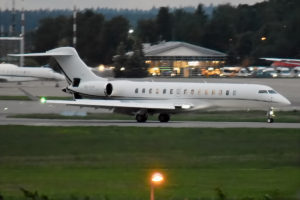
Photo credit: Commons Wikimedia
- Gulfstream G700
Commissioning: 2021
Range: 13,000 km
Capacity: 19 passengers
Notes: It competes with the Global 7500 and follows on from the G650 and G650ER. It is one of the world’s largest private jets.
Price: 68 million euros
- Dassault Falcon 6X
Entry into service: 2022
Range: 10,000 km
Capacity: 16 passengers
Notes: Previously known for its military, Rafale and fighter aircraft, Dassault will this time introduce a private jet designed for business travelers. First flight is scheduled for 2021, with entry into service in 2022. The Falcon 6X will be capable of speeds of up to 1,000 km/h.
Its award-winning cabin – the widest and highest under ceiling – offers standards of space, comfort, productivity and safety that set new benchmarks in the long-range business jet segment.
Says Eric Trappier, CEO of Dassault Aviation, about the Falcon 6X.
Price: 40 million euros
Prices of the latest medium- and long-haul commercial aircraft, as well as their private versions (2018-2022)
If you’re interested in medium- and long-haul flights, enjoy your reading.
From Airbus
- Airbus A350-1000
Entry into service: 2019
Range: 14,700 km
Capacity: 366 passengers
Notes: initially created to compete with the Boeing 777-300ER, its performance is similar to that of the Boeing 777-X. It now competes with the Boeing 777-X.
Price: 330 million euros
- Airbus A321neo (neo for new engine option)
Entry into service: 2019
Range: 9,000 km
Capacity: 244 passengers
Notes: the neo program was created to improve the efficiency of the A320, reducing fuel consumption by 15%.
Often overshadowed by theAirbus 320, theAirbus 321 is an airliner with greater capacity and greater comfort than the latter. Its direct competitor is the Boeing 737 Max. Airbus is constantly working to improve its models; the A321XLR will soon be on the market.
Price: 117 million euros
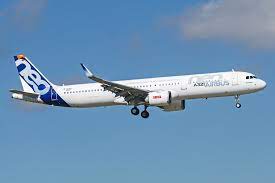
Photo credit : Flickr
Airbus ACJ320neo (ACJ for Airbus Corporate Jets)
Entry into service: 2018
Range: 11,000 km
Capacity: 25 passengers
Notes: Airbus Corporate Jets is an Airbus subsidiary that markets eight business jets. ACJ320neo is one of the most popular.
Price: 85 million euros
At the Royal International Air Tatto in 2019, Airbus also unveiled its futuristic aircraft concept. Dubbed the Bird of Prey, this is a hybrid-electric aircraft.
From Boeing
- Boeing 787-10
Entry into service: 2018
Range: 12,000 km
Capacity: 336 passengers
Notes: also known as the Dreamliner, this is the most efficient model in the 787 family.
Price: 265 million euros
- Boeing 737 Max 10
Entry into service: 2018
Range: 6,100 km
Capacity: 230 passengers
Notes: Boeing launches the 737 Max generation in 2017 with larger, more efficient engines than previous models.
Price: 123 million euros

Photo credit: Commons Wikimedia
- Boeing BBJ Max 7 (BBJ for Boeing Business Jets)
Entry into service: 2019
Range: 13,000 km
Capacity: 19 passengers
Notes: this model was built to improve fuel consumption by 13% and noise by 40% compared with the original 737-based BBJ. Not to be confused with the BBJ 777-X, scheduled for 2020.
Price: 90 million euros
International competitors
- Embraer E195-E2
Commissioning: 2018
Range: 4,800 km
Capacity: 120 passengers
Notes: the Brazilian company launched its first EJet E-2 models in 2016.
Price: 55 million euros
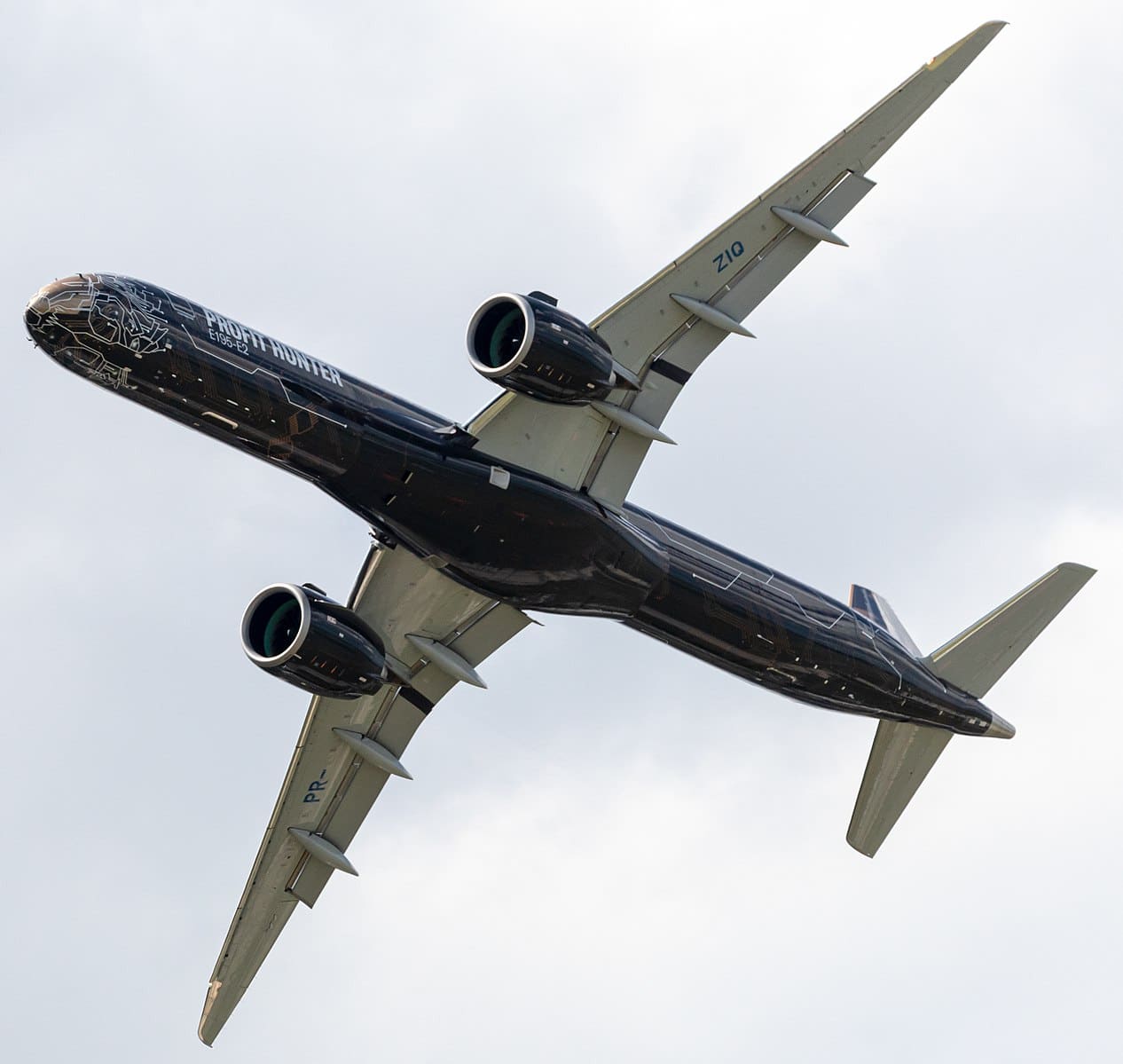
Photo credit: Wikimedia Commons
- Comac C919
Entry into service: 2021
Range: 5,000 km
Capacity: 190 passengers
Notes: This is a twin-engine airliner produced by a Chinese manufacturer. It made its maiden flight in 2017 and is scheduled to enter service in 2021.
Price: 46 million euros
- Irkut MC-21 300
Commissioning: 2021
Range: 6,300 km
Capacity: 168 passengers
Notes: This is another twin-engine airliner, this time from a Russian manufacturer. The aircraft is currently undergoing certification, but nearly 300 orders have already been booked.
Price: 82 million euros
- Mitsubishi Space Jet 90
Entry into service: 2021-2022
Range: 3,000 km
Capacity: 78 passengers
Notes: Formerly known as the MRJ (Mitsubishi Regional Jet), this new aircraft model is expected to reduce fuel consumption by 20%. First announced for 2021, it could finally be launched in 2022.
Price: 43 million euros
What factors should I consider before buying a new aircraft?
The purchase of a new aircraft represents a substantial investment, and several criteria need to be analyzed to make the right choice:
- Total budget: In addition to the purchase price, you need to factor in the costs of maintenance, insurance, storage (hangar), fuel and personnel (pilots, mechanics). These costs can represent up to 10-20% of the aircraft’s annual value.
- Intended use: short/medium/long-haul flights? Passenger or freight? These factors determine the size, range and performance required.
- On-board technologies: Modern navigation systems, Wi-Fi connectivity, or environmentally-friendly options (such as fuel-efficient engines) can influence the choice.
- Future resale: Some models hold their value better than others. High-end business jets (Gulfstream, Bombardier) are often more stable on the second-hand market.
An audit with an aeronautical expert like AEROAFFAIRES is recommended to assess these aspects before any acquisition.
What are the advantages of leasing a private jet over buying one?
While buying a new aircraft is tempting, leasing remains a flexible and economical alternative for many travelers. Here are the advantages:
- No fixed costs: No maintenance, personnel or storage costs to manage. The price of the flight is all-inclusive.
- Adaptability: Choice of aircraft for each mission (light jet for a short flight, long-haul for an intercontinental trip).
- Access to recent models: Leasing companies frequently renew their fleets, offering aircraft equipped with the latest technology.
- Ecological solution: Some companies, like AEROAFFAIRES, fully offset the CO₂ emissions of your flights.
For companies or individuals traveling less than 100 hours a year, leasing is often more advantageous. Subscription formulas (“jet card” type) also enable you to benefit from preferential rates.
In conclusion
Recent events have had a major impact on most airlines. First and foremost, the environmental crisis has prompted manufacturers to look at ways of reducing the fuel consumption of their aircraft.
Furthermore, in the face of the Covid-19 epidemic, Airbus has put four A320neo and two A321neo aircraft, originally intended for Air Asia, back on sale. These orders, like many others, have been cancelled, which will probably result in some price reductions.
Finally, bear in mind that the prices quoted do not include the substantial costs of maintenance, operation and crew organization for private jets. It’s not uncommon to reach 350,000 euros in annual ancillary costs on top of the price of the aircraft. If you’re thinking now about how to reduce these costs, you could try leasing or sharing the ownership of your private jet once you’ve purchased it. Alternatively, when you’re not using your business jet, you can have it managed by a private airline, which will take care of flying your aircraft when you’re not using it.
To find out more, read our articles: how to buy an aircraft? buy or lease a private jet, which solution should you choose?
If you prefer to start by renting a private jet, contact us to book your flight.

